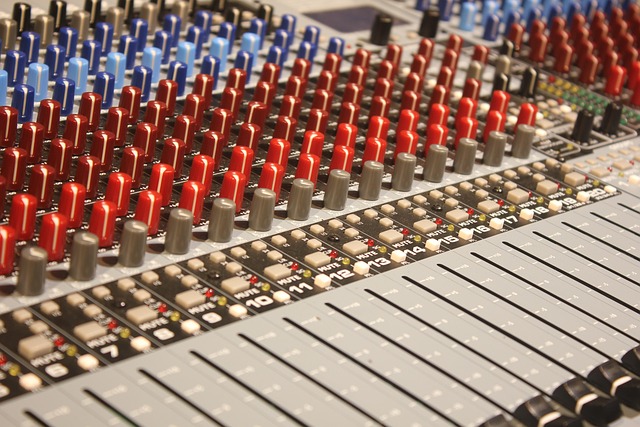When it comes to optimizing your home cinema experience, the intricacies of audio technology can sometimes feel overwhelming. Among these technical terms is THD, or Total Harmonic Distortion. Understanding THD is crucial for any audio enthusiast looking to elevate their home cinema to new heights. In this blog post, we’ll demystify this concept and explain how it impacts your viewing and listening experience.
At its core, THD measures the distortion of an audio signal as it is reproduced by your speakers and sound system. It quantifies how much of the audio signal is made up of harmonic frequencies, which are multiples of the original frequencies. An ideal audio system would have a THD of 0%, meaning the sound you hear is exactly as it was intended to be. However, in real-world applications, some level of distortion is often unavoidable.
Imagine you’re in your cinema room, ready to watch the latest blockbuster or listen to your favorite album. You settle into your plush seats, dim the lights, and as the movie starts, the audio kicks in. If your sound system has a high THD, you’re likely to experience muddier audio; instruments may clash, dialogue could be difficult to decipher, and you’ll ultimately miss out on the very nuances that make your content enjoyable.
Low THD is particularly vital for home cinema setups. High-definition video is designed to pair with superior audio for an immersive experience. If your sound system produces a high level of distortion, it can interfere with the emotional potency of your film or music. Consider your favorite dramatic scene—it thrives on subtle audio cues and atmospheric sounds that draw you into the narrative. If THD muddles these acoustics, the emotional impact diminishes significantly.
For audiophiles looking to refine their audio setup, understanding THD opens the door to better choices in equipment. Certain speakers and amplifiers are engineered to minimize distortion, allowing for a cleaner, more accurate sound. DIY enthusiasts who assemble their home cinema systems should prioritize components that boast low THD specifications. The quality of your home audio setup can elevate the overall experience, transforming your cinema room into a high-fidelity sanctuary.
Moreover, it’s worth mentioning the importance of room acoustics in relation to THD. The way audio waves interact with the surfaces in your cinema room can also contribute to distortion levels. Wall materials, furniture placement, and even the size of the room can affect how sound waves travel and are perceived. To achieve the lowest possible THD in your space, consider investing in soundproofing materials or strategically placing acoustic panels to dampen unwanted reflections.
In recent years, advancements in audio technology have posed exciting possibilities for home cinema design. With the advent of digital signal processing and improved amplification techniques, products are becoming increasingly adept at reducing THD. Thus, consumers have more tools at their disposal to create a cinema-like audio experience in the comfort of their homes.
As you embrace the world of audio in your home cinema, remembering the significance of THD can profoundly affect your enjoyment and satisfaction. The clearer and more faithful the sound, the more immersive your entertainment experience becomes. With the right knowledge and equipment, you can transform your cinema room into a vibrant audio-visual haven where every note and dialogue — every heartbeat of the story — resonates perfectly.


